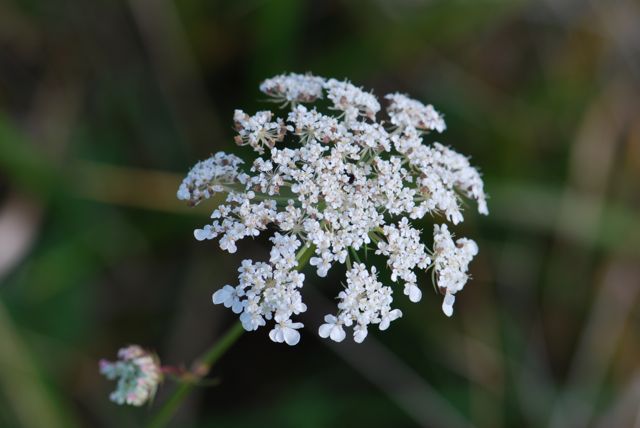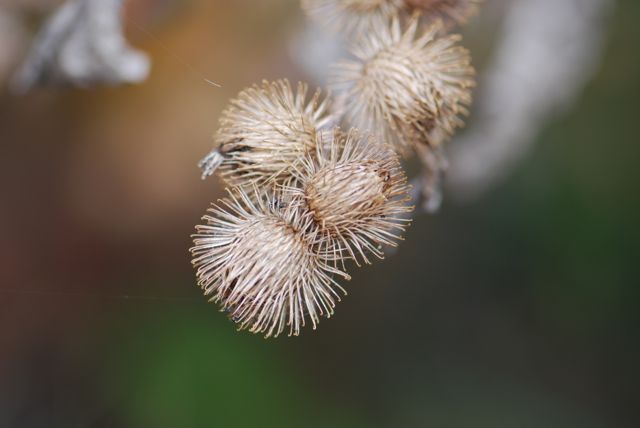We have a lot of news today:
The good news this week is that the weather in many areas has begun to warm up. With the arrival of spring, you may be thinking of gardening with children. The better news is Quarry Books has published Gardening Lab for Kids: 52 Fun Experiments to Learn, Grow, Harvest, Make, Play, and Enjoy Your Garden (Hands-On Family) by Renata Fossen Brown this month and it is just the book to have on hand to add enjoyment and depth to a child’s gardening experience. The best news is that you have a chance to win a copy through our giveaway contest (see below)!
Before going any further, it is important to note that although the term “experiments” in the subtitle might suggest scientific trials or investigations, for this book “experiment” is actually used more in the sense of “to try something new.” Gardening Lab for Kids is a lovely collection of hands-on activities for children to do for every week of the year, from designing a garden and making seed tape, to planting a garden in a shoe, growing a pizza garden, and constructing a wind chime. In addition, children will certainly learn some science as they explore parts of plants, investigate soils, try out composting, and learn about watering.
Renata Fossen Brown is Vice President of Education at the Cleveland Botanical Garden, and her experience and resources show in the quality of the book. Each “Lab” is accompanied by color photographs of children doing the activity, a list of materials, step-by-step procedures written for children, and suggestions for extensions (“Dig Deeper!”) Each activity is designed so that it could stand alone or be used as a series. Many of the activities can be done with limited space and use readily-available materials.
Gardening is a wonderful hobby for children because, as Brown writes, it gets them active and outdoors. It has many benefits, such as it helps children connect with their food, learn about nature, and explore their creativity. Gardening is an especially good project for kinesthetic learners, who always reap extra rewards from hands-on activities. Brown also alludes to studies that have shown that getting outdoors helps children develop focus.
With all the benefits, are you ready to “try something new” and do some gardening? Gardening Lab for Kids has the ideas and instructions to get started today!
 Giveaway Contest
Giveaway Contest
Edit:
Would you like to try to win a copy of Gardening Lab for Kids? Simply leave a comment on this blog post with a valid e-mail address (U.S. mailing addresses only, please) by May 5, 2014 at 6:00 p.m. Eastern Standard Time. A single winner will be selected at random from the comments and notified via e-mail. The giveaway contest is now closed.
Age Range: 5 – 12 years
Grade Level: Kindergarten – 6
Series: Hands-On Family
Paperback: 136 pages
Publisher: Quarry Books (April 1, 2014)
Language: English
ISBN-10: 1592539041
ISBN-13: 978-1592539048
For more ideas, visit our Gardening/Science Activities for Kids Pinterest board and our recent posts for Children’s Garden Week.
Disclosures: This book was provided for review by the publisher. Also, I am an affiliate for Amazon, and if you click through the linked titles or ads and make a purchase, I will receive a small commission at no extra charge to you. Proceeds will be used to maintain this self-hosted blog.
If you are interested in children’s nonfiction, you might want to visit the Nonfiction Monday blog and see what other new books bloggers have found.























